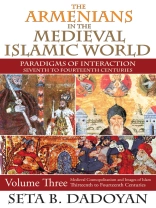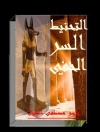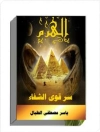In the third volume of the trilogy, Seta B. Dadoyan focuses on social and cultural aspects, rather than the core political focus exhibited in her first two volumes. Her objective is to suggest political readings of these themes and related texts by revealing hitherto unstudied and novel interactions in the cities of Asia Minor during the Mongol Period.
Dadoyan focuses on the Armenian condition and role in the medieval Islamic world. She argues that if the entire region was the ha...
Sobre o autor
Seta B. Dadoyan was formerly professor at the American University of Beirut. She is a specialist in Islamic-Armenian interaction from the seventh to the fourteenth cen...
Compre este e-book e ganhe mais 1 GRÁTIS!
Língua Inglês ● Formato EPUB ● Páginas 316 ● ISBN 9781412851428 ● Tamanho do arquivo 1.4 MB ● Editora Transaction Publishers ● Publicado 2013 ● Edição 1 ● Carregável 24 meses ● Moeda EUR ● ID 2829125 ● Proteção contra cópia Adobe DRM
Requer um leitor de ebook capaz de DRM












